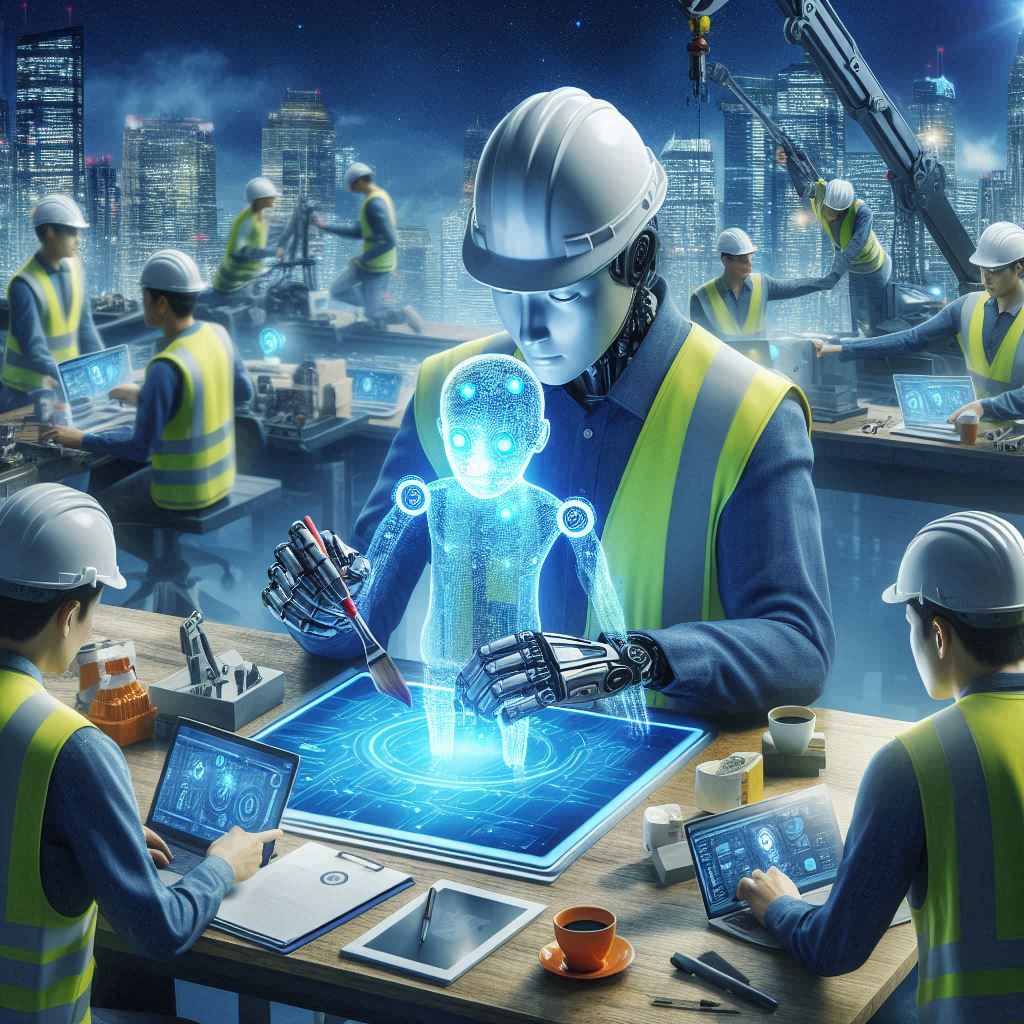
AI Safety: Transforming Workplace Safety with Advanced Technology
Share
In the rapidly evolving landscape of technology, Artificial Intelligence (AI) is making significant strides in enhancing various sectors, including workplace safety. As businesses strive to create safer environments for their employees, the integration of AI in safety protocols has emerged as a game-changer. This blog explores how AI is being leveraged to improve work safety and the various ways it is making a difference.
Understanding AI in Workplace Safety
AI, with its ability to analyze vast amounts of data and predict outcomes, is revolutionizing workplace safety. It can identify potential hazards, monitor compliance, and even predict accidents before they happen. Here’s how AI is being utilized to enhance safety in different work environments:
1. Predictive Analytics for Accident Prevention
One of the most significant advantages of AI in workplace safety is its predictive capabilities. By analyzing historical data, AI can identify patterns that may lead to accidents. For instance, in manufacturing, AI systems can predict equipment failures before they occur, allowing for timely maintenance and preventing accidents.
2. Real-time Monitoring and Alerts
AI-powered sensors and cameras can monitor the workplace in real time, ensuring that safety protocols are being followed. These systems can detect unsafe behaviors, such as not wearing protective gear or working in restricted areas, and immediately alert the concerned personnel. This real-time monitoring helps in preventing accidents and ensuring a safer work environment.
3. Enhancing Training Programs
AI can analyze individual performance and tailor training programs to address specific weaknesses. Virtual Reality (VR) powered by AI can simulate real-life scenarios, providing hands-on training without the associated risks. This ensures that employees are better prepared to handle dangerous situations, thereby reducing the likelihood of accidents.
4. Automated Reporting and Compliance
Compliance with safety regulations is crucial for any organization. AI can automate the reporting process, ensuring that all incidents are recorded accurately and promptly. It can also monitor compliance with safety protocols and generate reports for audits, making it easier for organizations to adhere to regulatory requirements.
5. Wearable Technology for Health Monitoring
AI-driven wearable devices can monitor vital signs and detect signs of fatigue or distress among workers. These devices can alert supervisors if an employee is at risk of a health issue, allowing for immediate intervention. This proactive approach can prevent accidents caused by human factors such as fatigue or health problems.
Real-life Applications of AI in Workplace Safety
Several industries have successfully integrated AI into their safety protocols, demonstrating its effectiveness. Here are a few examples:
1. Construction Industry: AI-powered drones are used to inspect construction sites, identifying potential hazards and ensuring that safety standards are met. These drones can access hard-to-reach areas, providing a comprehensive overview of the site.
2. Manufacturing Sector: AI systems monitor machinery and equipment, predicting failures and preventing accidents. In addition, robots equipped with AI are being used to perform dangerous tasks, reducing the risk to human workers.
3. Healthcare Industry: AI is used to monitor the health of workers exposed to hazardous materials. Wearable devices track vital signs, and AI algorithms analyze the data to detect early signs of health issues.
The Future of AI in Workplace Safety
The integration of AI in workplace safety is still in its early stages, but the potential is enormous. As AI technology continues to advance, we can expect even more sophisticated safety solutions. For instance, AI could be used to create fully automated safety systems that require minimal human intervention, further reducing the risk of accidents.
Conclusion
AI is transforming workplace safety, making it possible to predict and prevent accidents, monitor compliance in real-time, enhance training programs, and ensure the health and well-being of workers. As businesses continue to adopt AI-driven safety solutions, we can look forward to safer and more efficient work environments.
Embracing AI for workplace safety not only protects employees but also enhances productivity and compliance, ultimately contributing to the overall success of the organization. The future of workplace safety is bright, with AI leading the way towards a safer and more secure work environment.